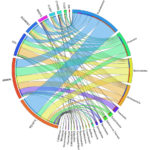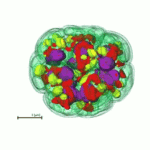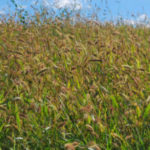Department of Energy Joint Genome Institute (DOE JGI) and Biosciences Environmental Genomics and Systems Biology (EGSB) division researchers have released 1,003 reference genomes for diverse bacteria and archea isolated from environments ranging from sea water and soil, to plants, and to cow rumen and termite guts. The release is the largest to date from JGI’s Genomic Encyclopedia of Bacteria and Archaea (GEBA) initiative, which seeks to fill in unexplored branches of the tree of microbial life. JGI’s Supratim Mukherjee and Rekha Seshadri were co-first authors on the paper published in Nature Biotechnology; senior author Nikos Kyrpides and co-authors Natalia Ivanova, Axel Visel, Tanja Woyke, and Yasuo Yoshikuni have secondary affiliations with EGSB. The genomes are publicly available through the Integrated Microbial Genomes with Microbiomes (IMG/M) system. Read more on the JGI website.
Fungal Enzyme Clusters Promote Efficient Biomass Breakdown
Fungi, particularly those found in the digestive tracts of ruminant herbivores such as cattle, sheep, and goats, are very good at overcoming the resistance of plant cell walls to degradation—a major hurdle in the quest to produce sustainable fuels and chemicals from bioenergy feedstocks. Now, an international group of researchers has identified protein scaffolds in anaerobic gut fungi that provide docking sites for various enzymes, keeping them in place so that they can work together more effectively. As reported in the May 26 issue of Nature Microbiology, the structures are analogous to cellulosome complexes in anerobic bacteria, but this is the first time they have been found in fungi.
Green Alga Sequencing Could Advance Clean Energy, Bioproducts
Scientists have sequenced the genome of a green alga that has drawn commercial interest as a strong producer of quality lipids for biofuel production. The chromosome-assembly genome of Chromochloris zofingiensis provides a blueprint for new discoveries in sustainable biofuels, antioxidants, and other valuable bioproducts. The team was led by Kris Niyogi, faculty biologist in the Molecular Biophysics and Integrated Bioimaging Division and included researchers from UCLA and UCSF. The alga was imaged in the National Center for X-ray Tomography, located at the Advanced Light Source. Read the science short at the Berkeley Lab News Center.
DOE JGI Finds A New Major Gene Expression Regulator in Fungi
Just four letters – A, C, T, and G – make up an organism’s genetic code. Changing a single letter, or base, can lead to changes in protein structures and functions, impacting an organism’s traits. In addition, though, subtler changes can and do happen, involving modifications of the DNA bases themselves. In the May 8, 2017 issue of Nature Genetics, a team led by scientists at the U.S. Department of Energy Joint Genome Institute (JGI), a DOE Office of Science User Facility, report the prevalence of modifications in the earliest branches of the fungal kingdom. Read more in the JGI press release.
A Gene that Influences Grain Yields in Grasses
 Through deep sequencing of the model grass green foxtail (Setaria viridis), researchers pinpointed a gene critical for the development of flowers that give rise to the grain. Using this information, a homologous gene in maize was identified as playing a similar role highlighting the utility of S. viridis as a model crop. Read the JGI Science Highlight.
Through deep sequencing of the model grass green foxtail (Setaria viridis), researchers pinpointed a gene critical for the development of flowers that give rise to the grain. Using this information, a homologous gene in maize was identified as playing a similar role highlighting the utility of S. viridis as a model crop. Read the JGI Science Highlight.
- « Previous Page
- 1
- …
- 36
- 37
- 38
- 39
- 40
- …
- 46
- Next Page »
Was this page useful?








